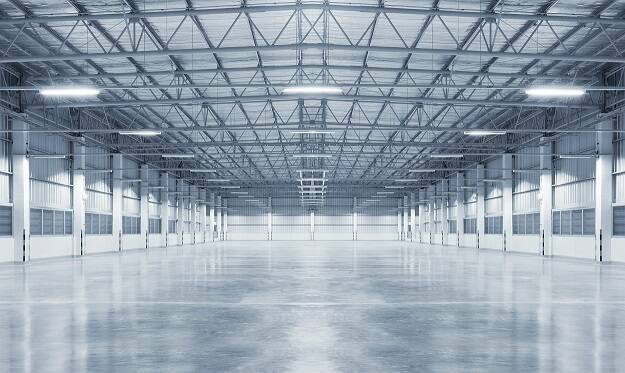The forklift market is expected to grow in response to various elements, such as the rising demand for sustainable intralogistics, the significant expansion of the e–commerce and warehousing industries, and the growing need for lean and automated warehouses to increase efficiency. Additionally, the increasing tightness of emission regulations is likely to boost the market for electric forklifts.
The indoor forklifts are projected to account for MaJORTIY share during the forecast period
The growing E-commerce industry has increased in the indoor applications and needs of forklifts and is responsible for much of the growth in the forklift market. Labor shortages are driving the need for efficient pallet load handling. Indoor forklifts are the most efficient, compact material handling equipment in warehouses with a racking height of 10 meters or lower. Furthermore, as many indoor forklifts are electric, their advantages, including emission-free and noise-less operations, contribute to their demand. They come in a variety of sizes, shapes and designs, and are powered by different sources, including electric and hydrogen fuel cells. Forklifts are used to quickly and efficiently move goods, which helps reduce labor costs, improve accuracy and speed of delivery, and improve safety. The use of hydrogen fuel cells in the logistics industry has been revolutionary. These fuel cells offer a clean, emissions-free and cost-effective alternative to traditional electric-powered forklifts. They offer a much more efficient and cost-effective way of powering forklifts, with a much longer range and less maintenance.
Autonomous forklifts would be the fastest growing segment over the forecast period
The demand for autonomous forklifts in the logistics market is rapidly increasing, due to the safety, and cost savings they provide. According to a report by the market research firm Markets and Markets, the global autonomous forklift market is expected to reach $1 billion by 2025, growing at a compound annual growth rate of 16.1% from 2020. This growth is largely attributed to the increasing need for efficient and cost–effective warehouse operations, as well as the safety benefits of using autonomous forklifts. Labor shortages have driven the rising demand for autonomous forklifts, the market has had a slow start due to the high initial cost of the technology, along with the lack of awareness and technical expertise. Many businesses are hesitant to invest in the technology, as they are unsure of the return on investment and adoption in to their operation. Variance in the warehouse operation present challenges to a technology that needs similar inputs to provide similar outputs. Additionally, the complexity of the technology and the lack of trained personnel to operate it has been a major hurdle for the autonomous forklift market. However, as businesses become more aware of the potential benefits of autonomous forklifts, and more trained personnel become available, the demand for autonomous forklifts is expected to continue to increase and so will the capability of the technology.



